Monitor lizards are fascinating reptiles known for their impressive size, distinctive appearance, and diverse behaviors. With their long, powerful tails, sharp claws, and often vibrant scales, monitor lizards capture the imagination of both children and adults alike. They play an essential role in their ecosystems as both predators and scavengers.
In this blog post, we present 10 engaging monitor lizard-themed coloring pages designed to captivate and inspire young artists. These pages offer a variety of artistic opportunities, allowing children to explore their creativity while learning about these remarkable reptiles. Alongside the coloring pages, we’ve included some intriguing facts about monitor lizards to enrich the coloring experience with knowledge.
Age Range: Who Can Enjoy These Coloring Pages?
Our monitor lizard coloring pages are suitable for children of various age groups. Here’s a guide to who can benefit from these pages:
Toddlers (Ages 2-4)
For the youngest artists, we provide simple and bold outlines of monitor lizards. These pages help toddlers develop fine motor skills and an understanding of basic shapes and features of monitor lizards.
Preschoolers (Ages 4-6)
Preschoolers will enjoy more detailed monitor lizard illustrations that encourage them to use a variety of colors and practice coloring within the lines. These pages support the development of hand-eye coordination and creativity.
Early Elementary (Ages 6-8)
Children in early elementary school will find intricate monitor lizard designs that challenge them to experiment with color patterns and techniques. These pages are perfect for improving concentration and attention to detail while offering a fun artistic outlet.
Older Kids (Ages 8-12)
Older kids will appreciate complex and detailed monitor lizard illustrations that provide opportunities for advanced coloring techniques such as shading and blending. These pages engage and stimulate older children, offering both a creative challenge and enjoyment.
Fun Facts About Monitor Lizards
As your child colors these monitor lizard-themed pages, share these fascinating facts to enhance their learning experience:
- Monitor lizards are large reptiles. Monitor lizards belong to the Varanidae family and are known for their considerable size, with some species reaching lengths of up to 10 feet.
- Monitor lizards are excellent swimmers. Many species of monitor lizards are proficient swimmers and can often be found in or around water. They use their powerful tails to propel themselves through the water.
- Monitor lizards have a keen sense of smell. They use their forked tongues to detect scents in the air, which helps them locate prey and navigate their environment.
- Monitor lizards are carnivorous. Monitor lizards primarily feed on other animals, including insects, small mammals, birds, and even other reptiles. Some larger species may hunt for larger prey.
- Monitor lizards have a unique hunting strategy. Some monitor lizards use their sharp claws and powerful jaws to dig for prey or to capture it. They are known for their hunting prowess and adaptability.
- Monitor lizards have long, sharp claws. These claws help them climb trees, dig burrows, and capture prey. They are also used for defense against predators.
- Monitor lizards can be found in various habitats. They inhabit a range of environments, from tropical rainforests and savannas to deserts and islands. Their adaptability allows them to thrive in diverse conditions.
- Monitor lizards have a diverse diet. Their diet can include a wide variety of foods, from insects and small vertebrates to fruits and carrion. This omnivorous diet helps them survive in different environments.
- Monitor lizards are solitary creatures. Most monitor lizards are solitary and prefer to live alone. They mark their territory with scent and are generally territorial towards other monitor lizards.
- Monitor lizards have a specialized organ for detecting heat. Some species have a specialized organ called the Jacobson’s organ, which helps them detect the heat of their prey. This organ is located in the roof of their mouth.
- Monitor lizards are known for their impressive tail. Their long and powerful tails are used for balance, communication, and defense. They can use their tails to deliver strong blows to predators or rivals.
- Monitor lizards can be aggressive when threatened. While many species of monitor lizards are relatively docile, they can become aggressive if they feel threatened. They may hiss, puff up, and even bite in defense.
- Monitor lizards have a complex social structure. Some species exhibit complex social behaviors, including communication through body language and vocalizations. They may also engage in displays of dominance and courtship rituals.
- Monitor lizards are important in their ecosystems. As both predators and scavengers, monitor lizards play a crucial role in controlling populations of other animals and recycling nutrients in their environments.
- Monitor lizards have been featured in folklore and mythology. Throughout history, monitor lizards have appeared in various cultures’ myths and legends, often symbolizing strength, power, and agility.
- Monitor lizards can be kept as pets. In some places, monitor lizards are kept as exotic pets. They require special care and a suitable environment to thrive, and they can make interesting and challenging companions.
- Monitor lizards are agile climbers. Many species are adept climbers and can scale trees, rocks, and other vertical surfaces. Their agility helps them escape predators and find food.
- Monitor lizards have a varied coloration. Depending on the species, monitor lizards can have a range of colors and patterns, from bright and vibrant to muted and camouflaged. This coloration helps them blend into their environment.
- Monitor lizards have a long evolutionary history. Monitor lizards have been around for millions of years, and their ancestors were among the first large reptiles to evolve.
- Monitor lizards are featured in scientific research. Due to their size and unique characteristics, monitor lizards are studied by scientists to learn more about reptile biology, behavior, and evolution.
Monitor Lizard Coloring Page 1 for Kids
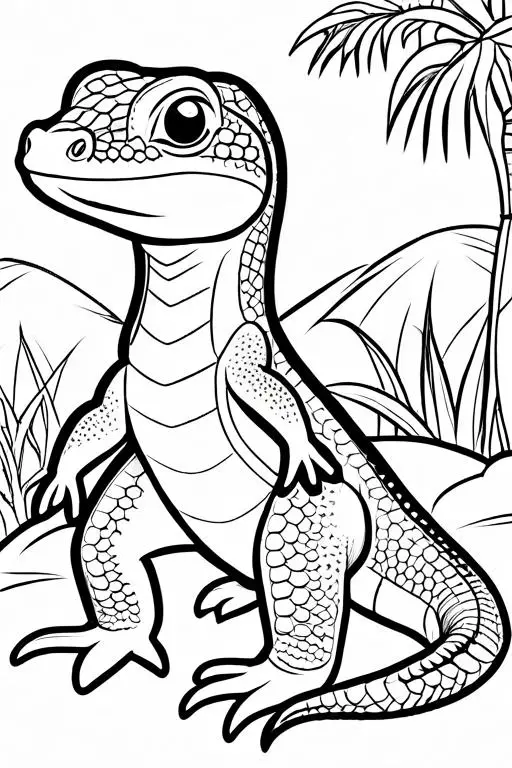
Monitor Lizard Coloring Page 2 for Kids
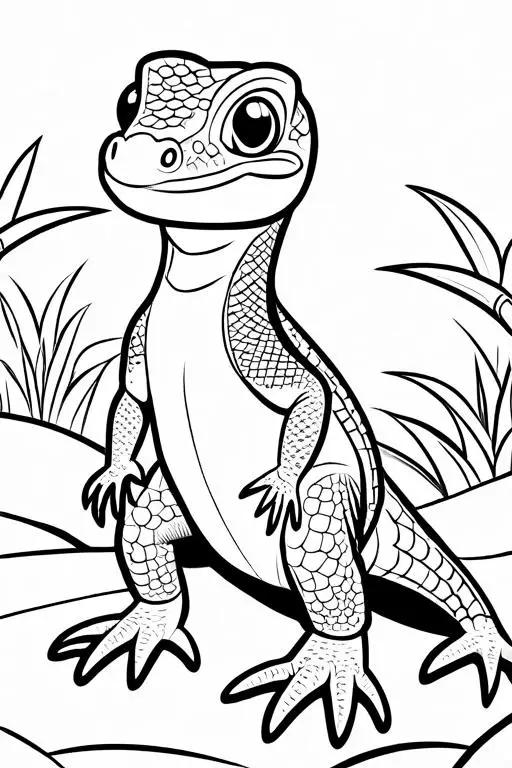
Monitor Lizard Coloring Page 3 for Kids
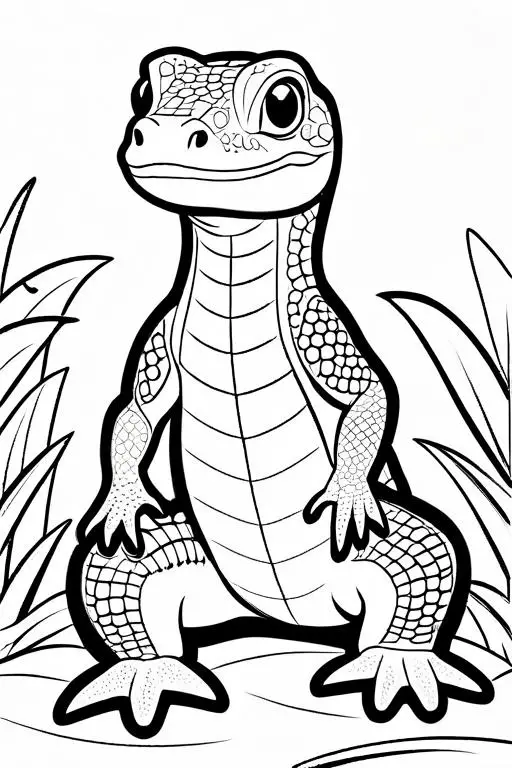
Monitor Lizard Coloring Page 4 for Kids
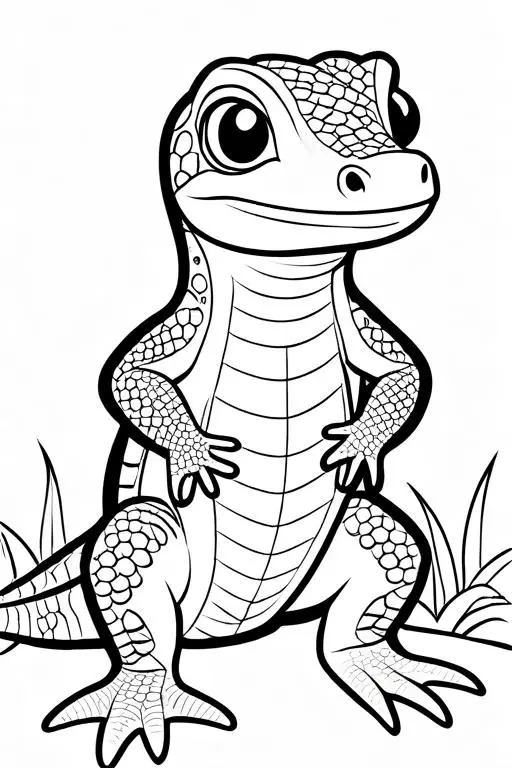
Monitor Lizard Coloring Page 5 for Kids
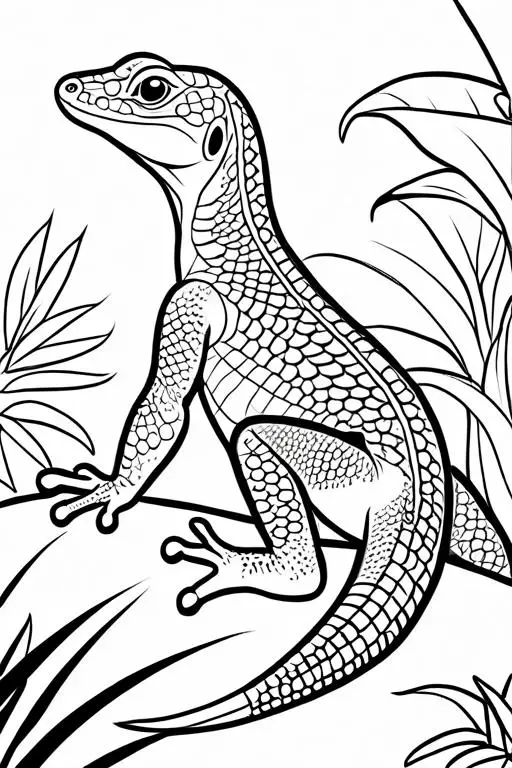
Monitor Lizard Coloring Page 6 for Kids
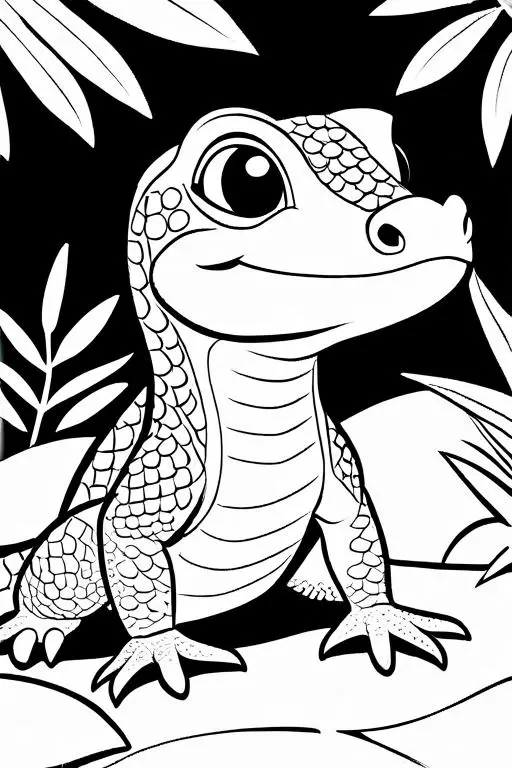
Monitor Lizard Coloring Page 7 for Kids
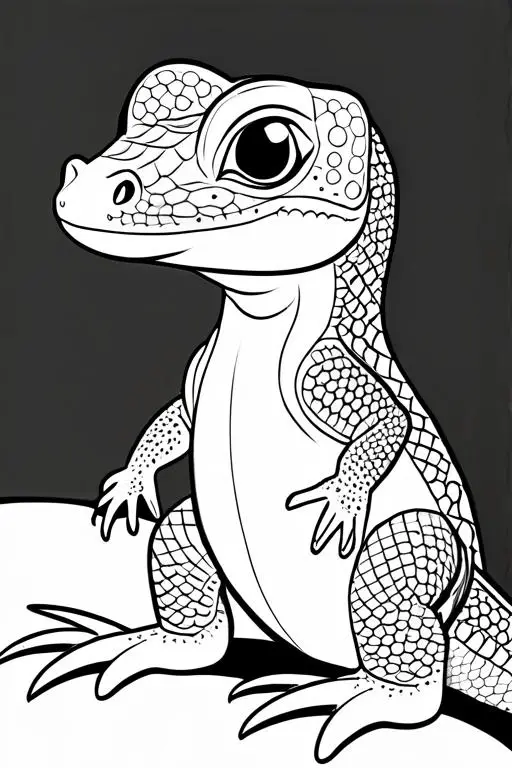
Monitor Lizard Coloring Page 8 for Kids
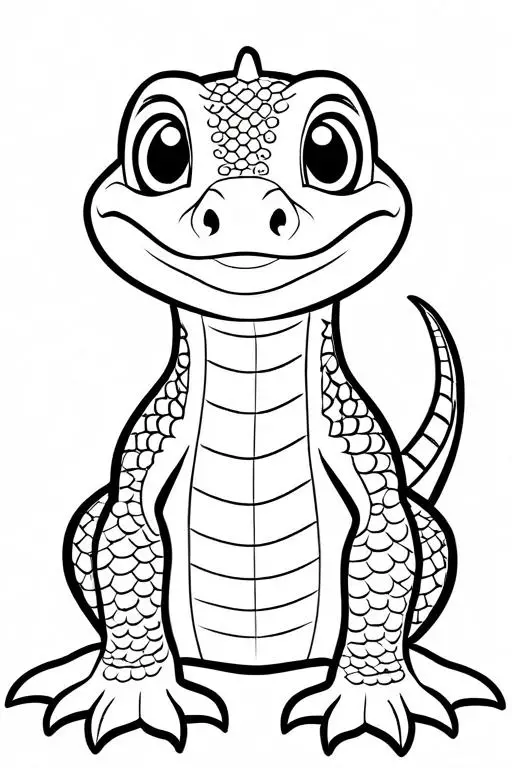
Monitor Lizard Coloring Page 9 for Kids
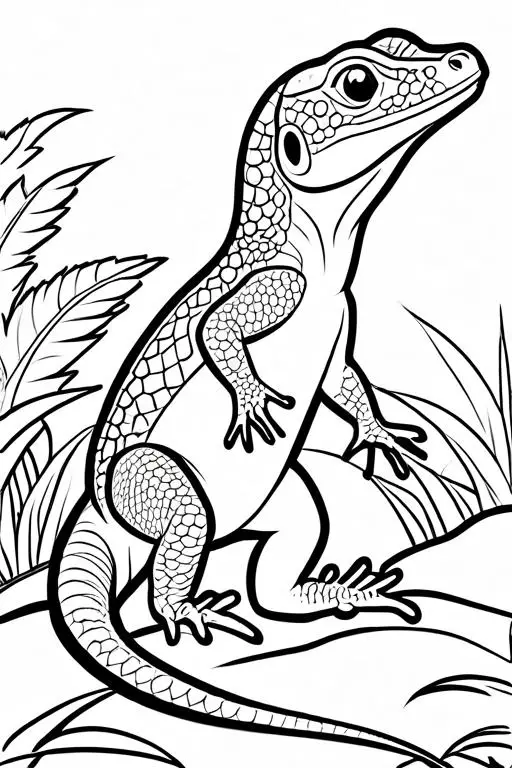
Monitor Lizard Coloring Page 10 for Kids
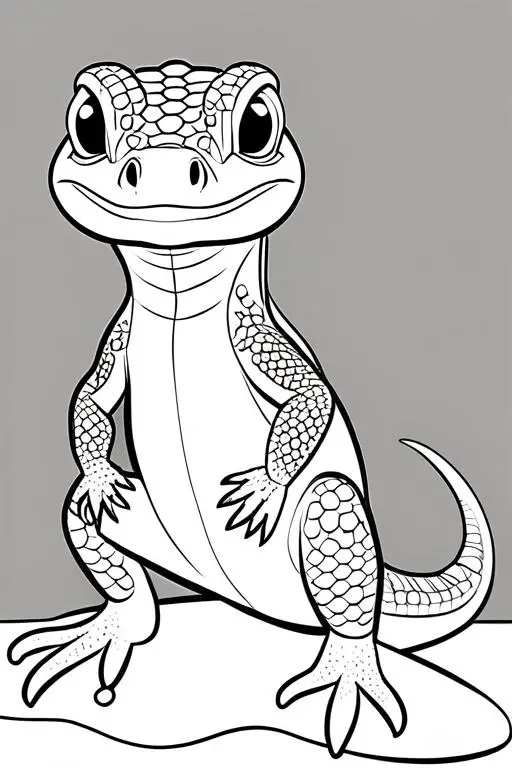
Conclusion
Monitor lizards are captivating reptiles with a range of intriguing traits and behaviors. These 10 monitor lizard-themed coloring pages provide an excellent opportunity for children to explore their artistic talents while learning about these remarkable animals.
Whether your child is just beginning to enjoy coloring or is an experienced artist, these pages offer both a fun creative outlet and an educational experience. Grab your coloring supplies and let your child embark on a colorful adventure with monitor lizards. As they color, they’ll not only enhance their artistic skills but also gain a deeper appreciation for one of nature’s most impressive reptiles.

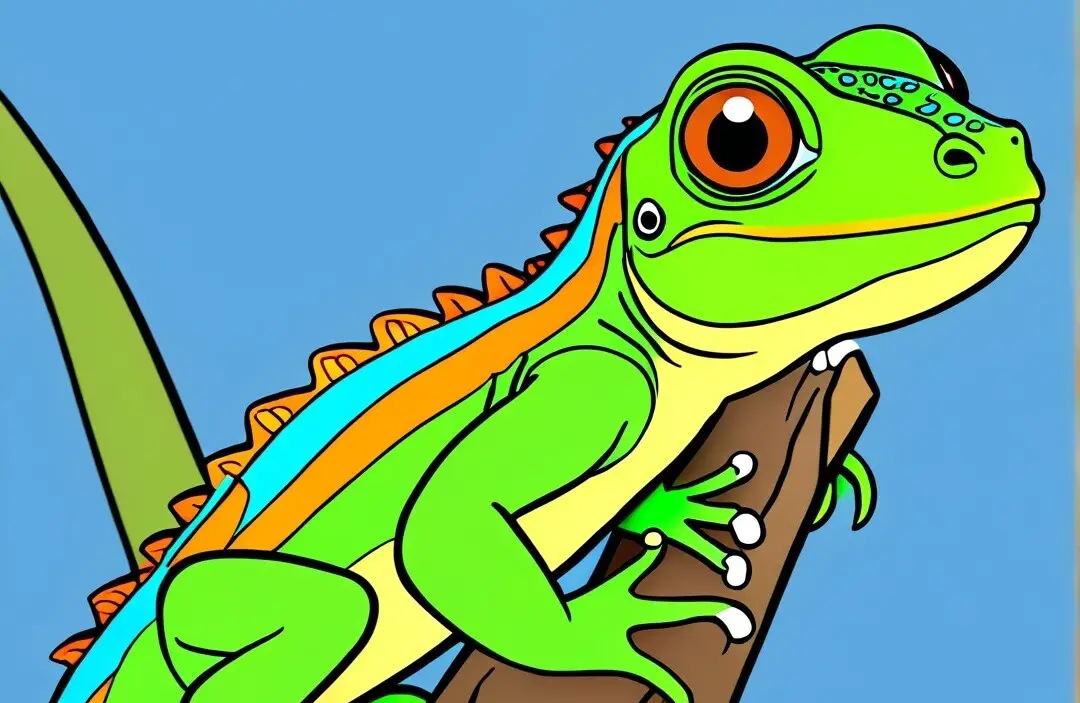
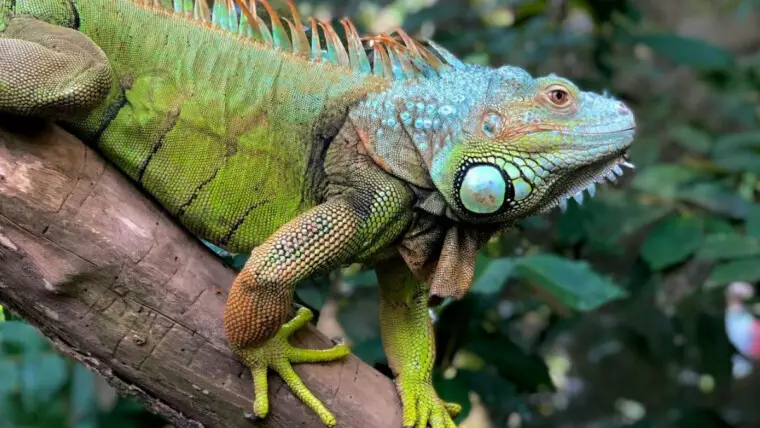
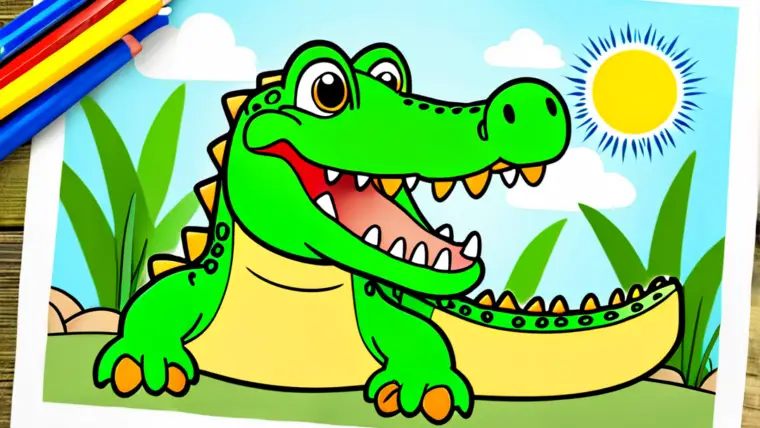


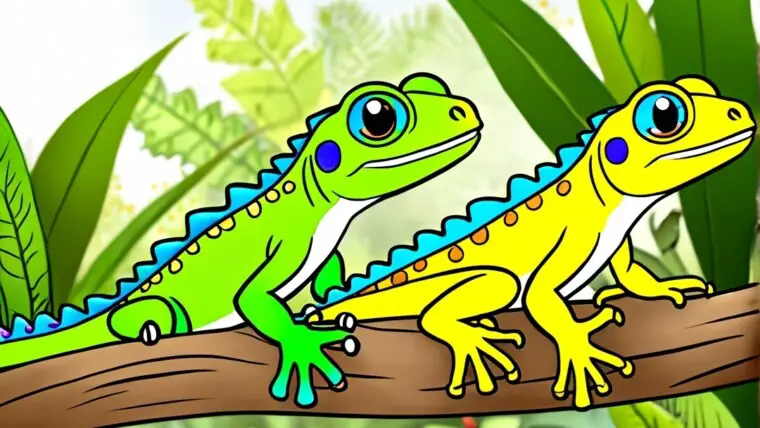

Maze Rampage Kids Activity Books: Unlock Fun and Learning for Toddlers and Preschoolers!
Engage Your Creative Mind with 2,500+ Free Adult Coloring Pages
100 Wasp Coloring Pages For Kids
48 Termite Coloring Pages For Kids